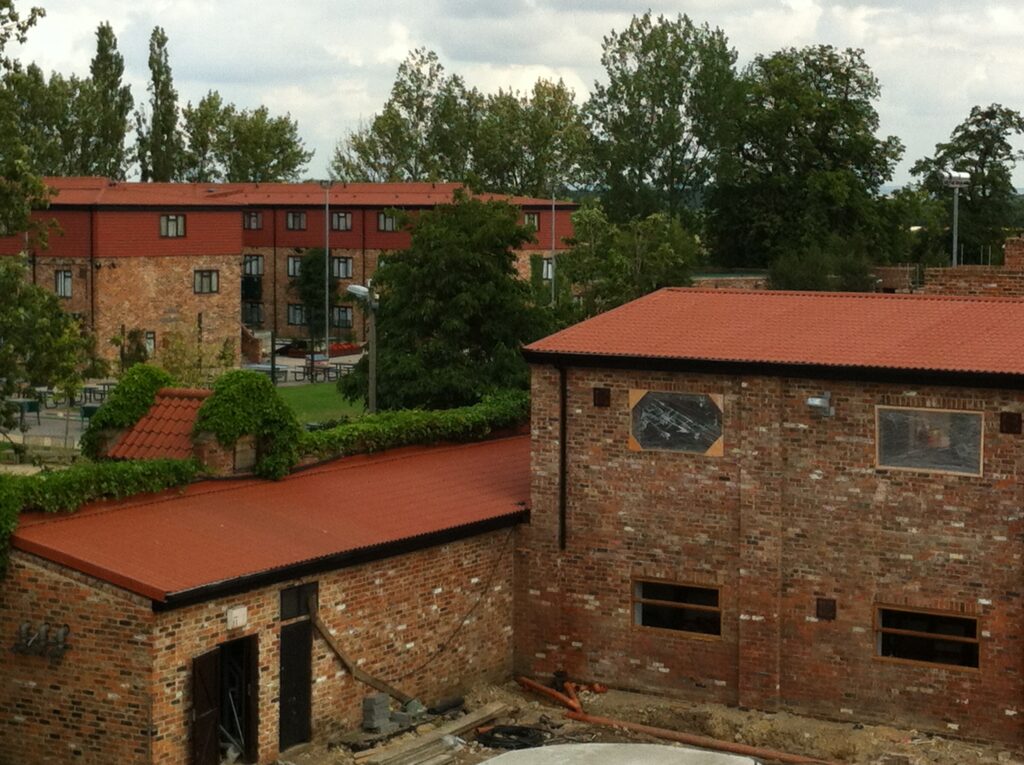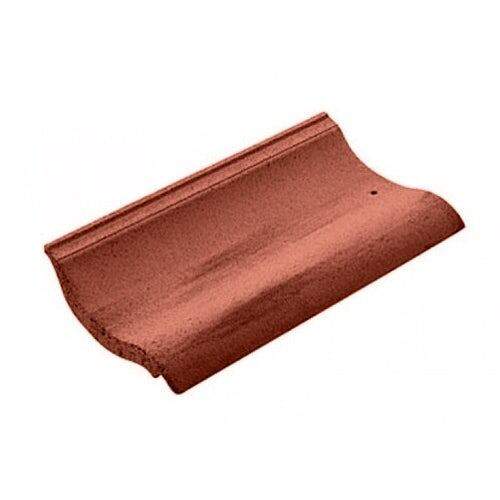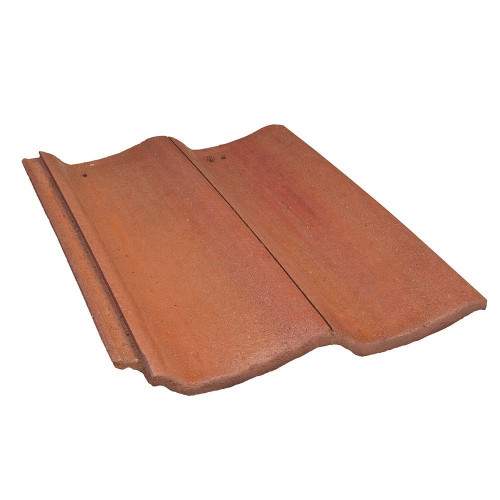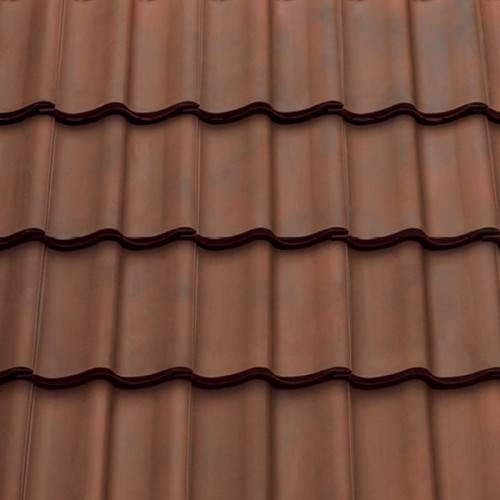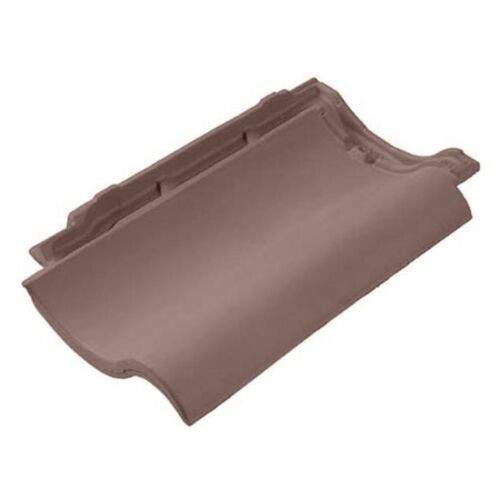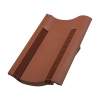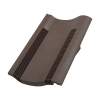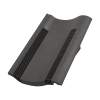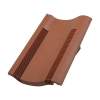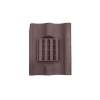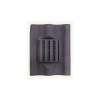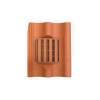Pantile tiles originate from the Netherlands and have been a staple roof covering in the UK for over 500 years. They’re lightweight and have a distinctive ‘S’ shape to their design, giving them an aesthetic appeal.
There are five main types of pantiles to choose from, and while they were traditionally made of clay, many modern pantiles are now crafted from concrete. One thing you can guarantee about using pantiles is that they’ll continually add character to your property over time.
Table of contents:
- What are pantile roof tiles?
- Advantages of pantile tiles
- Types of pantile tiles
- Pantile roof construction
- Pantile roof vents
- Common issues
- Pantile roof maintenance
What are pantile roof tiles?
Pantiles are single-lap tiles, meaning the end of a tile only laps the course immediately below. They’re usually found in areas sheltered from the elements, or in regions that benefit from less severe weather.
Historically, pantiles were made from burnt clay using a similar method to that of creating a house brick. This has changed over time and now many pantiles are created from concrete. While it emulates the look of clay admirably, a direct comparison will typically show a colour difference between the two.
Available in rich tones and shades, pantiles are easily distinguishable. While the shade of the tile can vary, depending on where it’s made and which material is used, you’re guaranteed to add character to your property by using pantile roof tiles.
Advantages of pantile tiles
One of the main advantages of pantiles is they’re incredibly lightweight. They can be up to a third lighter than other tiles, which is beneficial for transport and installation. Modern pantiles are also extremely versatile, they can be used on low-pitch roofs, where they’ll comfortably sit on structures with a pitch as low as 12.5°.
The real charm comes from the rustic appearance you achieve with pantiles. This tends to be the main reason homeowners choose them, and even when they get weathered over time, this just adds to the character of the tiles. For this reason, we’ve created a weathered-effect replacement tile, so if a tile comes loose or is lifted in adverse weather, you can replace it with one that will perfectly match the character of your property.
It’s also worth noting that clay pantiles do not fade and are unaffected by prolonged exposure to UV and sunlight. They also withstand extreme temperatures, making them an ideal choice for coastal properties and foreign retreats.
Types of pantile tiles
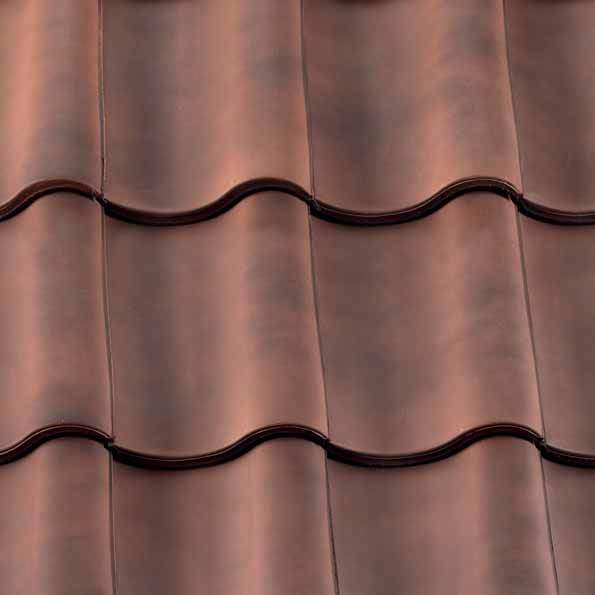 Clay pantiles
Clay pantiles
One of the most traditional tiles on the market, our clay pantiles are available in a smooth or weathered finish. The former is perfect for new builds, while the latter is a great option for patching and repairing existing roofs. With unique patterns and distinctive rolls and troughs, clay pantiles add outstanding charm and character to any building.
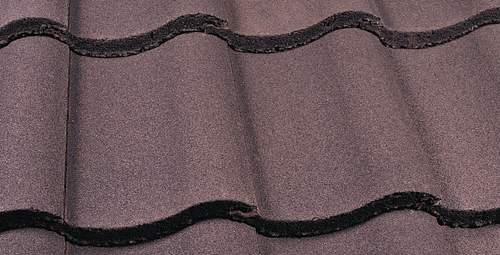 Interlocking pantiles
Interlocking pantiles
Interlocking pantiles save you time and reduce labour costs. Their interlocking design means they’re easier to install, and these particular tiles are suited to very low pitches. Available in a range of materials, featuring clay, concrete and metal, interlocking pantiles can be fitted to a roof with a minimum pitch of just 12.5°.
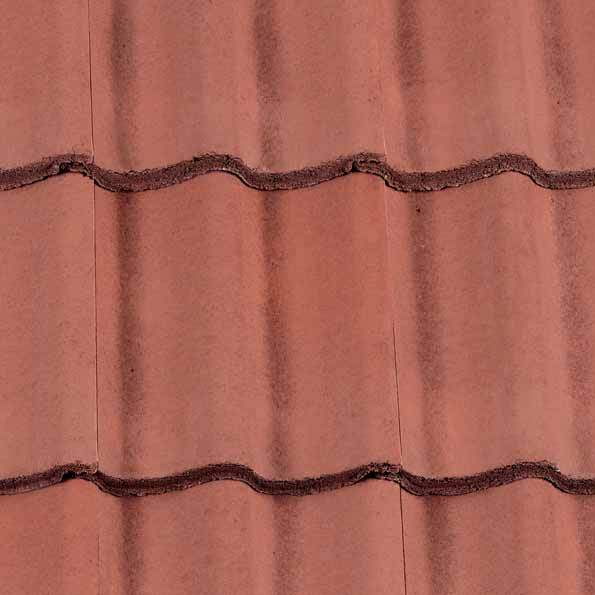 Concrete pantiles
Concrete pantiles
Featuring similar aesthetics to clay pantiles, but generally more budget-friendly, concrete pantiles have seen a surge in interest in recent times. However, it’s worth remembering that concrete roof tiles are generally much heavier than clay equivalents, and are much more prone to weathering.
Metal pantiles
Extremely lightweight, metal pantile tiles are available in easy-to-lay strips. They’re quick to install and can be applied to extremely low roof pitches, as they’re suitable for structures with a mere 10° pitch.
Metal pantiles are known for their versatility and typically benefit from a long warranty.
Double pantile tiles
Double pantile tiles give you all the benefits of a natural clay roof at a fraction of the cost. Thanks to the large format and innovative design of double pantile tiles, you’ll notice a reduction in the costs of both materials and labour.
Available in clay and concrete, you can choose from three permanent colours, to make sure you pick the right style for your property.
Pantile roof construction
Pantile roof tiles are hung on rafters. These rafters are attached to horizontal battens, which are evenly spaced across the roof structure. Each tile is held in place by a small nib on the rear, which secures it into the batten. It’s important that the battens are spaced evenly across the structure, as this ensures the tiles are correctly spaced and are fitted with the appropriate lap.
Pantiles always follow the same pattern when they’re laid; the downturn of one tile must overlap the upturn of the next tile in order to form a system of ridges and troughs. It’s this structure that directs rainwater away from the roof. To operate efficiently, the system requires columns formed of similar-width tiles – something which needs to be considered when installing or re-tiling a roof with pantiles.
It’s also important to consider how the ridge of a pantile roof is going to be protected. Clay ridge tiles are a good solution and are available in ‘half-round’ or ‘V’ shapes. It’s highly probable the ridge tiles will have been bedded in lime mortar, giving you a layer of extra security to the fixing. This will also provide added protection from the elements and reduce wind uplift. Finally, a mortar fillet can be applied to the top of the gable end to further prevent water penetration.
Pantile roof vents
As pantile roof tiles remain a popular roof covering, we’re pleased to be able to offer a range of matching ventilation products. Available in clay, concrete and plastic, these vents and extraction products will fit seamlessly with your design to perfectly complement the style of your roof.
Our range of pantile roof vents features both single and double-width vents.
Common issues
The most common complaint with pantiles is loose or broken tiles. As with most tiles, they can break over time and become loose in strong winds but are usually easy to replace. A regular roof inspection should catch problems like growing moss, which can be scrubbed away to increase the lifespan of the tiles. It’s best to use lime mortar (as opposed to the harder cement mortar) for repair work, as it’s breathable and flexible, so is easier to remove from tiles when carrying out necessary repairs.
The downside of using lime mortar is that you can experience failure of ‘parging’. This is when lime mortar, which has been used to ‘parge’ the underside of pantiles, fails. Typical signs of this tend to be loose tiles, draughts and potentially even water penetration. The good news is it’s relatively easy to fix; it simply requires a new lime mortar to be applied in order to replace the deteriorated sections.
While pantile roof tiles typically last for decades, movement in the roof structure can lead to wear and tear in the battens and roof fixings. If not diagnosed fairly swiftly, this can leave the roof susceptible to water penetration. If you’re unable to identify and fix the issue, it’s best to call in a roofing expert for a professional opinion.
Pantile roof maintenance
A well-maintained pantile roof should cause little in the way of trouble or disruption. It’s quite common for them to remain sound for decades, especially if frequent inspections are carried out. A bi-annual inspection gives you a chance to check for broken or cracked tiles, failure of parging and even moss growth. Moss can cause damp and speed up deterioration, so it’s worth catching it early and removing it quickly. Removing moss from roof tiles can be done easily with a scrubbing brush, and needn’t require the use of harsh chemicals.
You can keep on top of maintenance costs by reusing original pantiles wherever possible. This also helps to maintain the character of the building and eliminates the timely task of finding a replacement. Any new tiles must match the originals in size, colour and shape, so it’s worth salvaging as many authentic tiles as possible.
A clay pantile roof must be refitted with clay pantile tiles as opposed to concrete replacements. Concrete tiles are often heavier and thicker than their clay counterparts, and the structure of a clay pantile roof wouldn’t be strong enough to support the extra weight. Additionally, while concrete tiles can be sourced in a similar colour, they don’t weather or age in the same manner as clay.
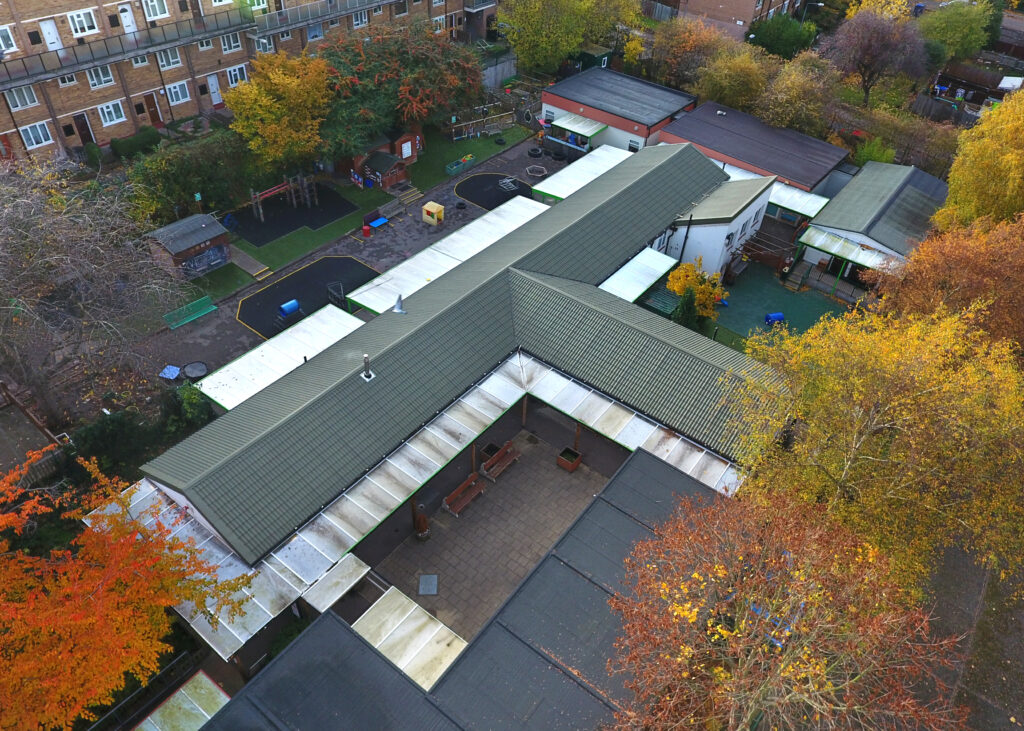
If you would like more information, you speak to a member of our team via live chat or by giving us a call using the number at the top of the page.


